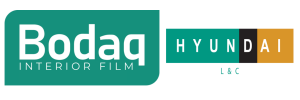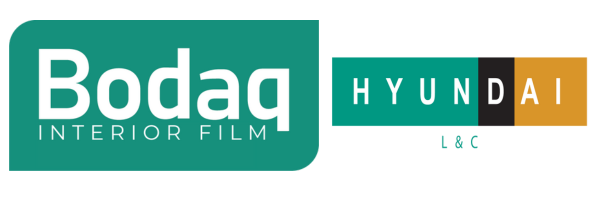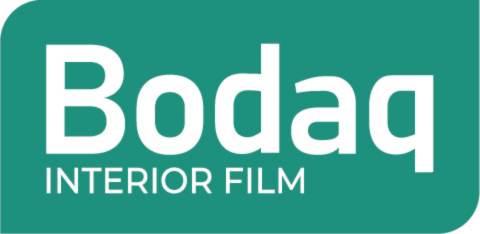UL 10B vs. UL 10C
Table of Contents
When it comes to commercial interior design, safety is just as important as aesthetics. One key aspect that’s often overlooked in surface materials is their fire performance, particularly when applied to fire-rated doors and frames. That’s where UL 10B and UL 10C certifications come into play.
Not All Fire Ratings Are Created Equal
It’s common to see products labeled as “Class A fire rated”, which generally refers to surface burning characteristics tested under ASTM E84. But when it comes to fire-rated doors and commercial life safety requirements, that rating isn’t enough. Class A doesn’t evaluate how a material behaves under pressure or in door assemblies, it only measures surface flame spread.
If your project involves fire doors, corridors, or high-occupancy spaces, you’ll likely need to meet UL 10B or UL 10C standards. These go beyond surface testing and evaluate how a material performs in full-scale fire scenarios.
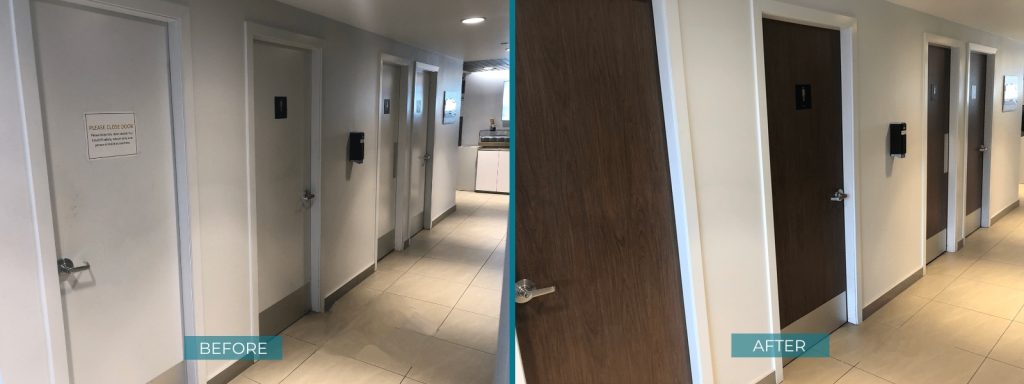
What Are UL 10B and UL 10C?
Both UL 10B and UL 10C are fire test standards established by Underwriters Laboratories (UL) to evaluate the fire resistance of door assemblies. While they serve a similar purpose, there are important differences between the two:
Why This Matters for Your Projects
As building codes evolve, designers, architects, and specifiers are being held to higher fire safety standards, especially in public, hospitality, healthcare, and multi-use buildings. Using a material that’s only Class A fire rated, or not tested for door assemblies, can delay approvals or result in failed inspections.
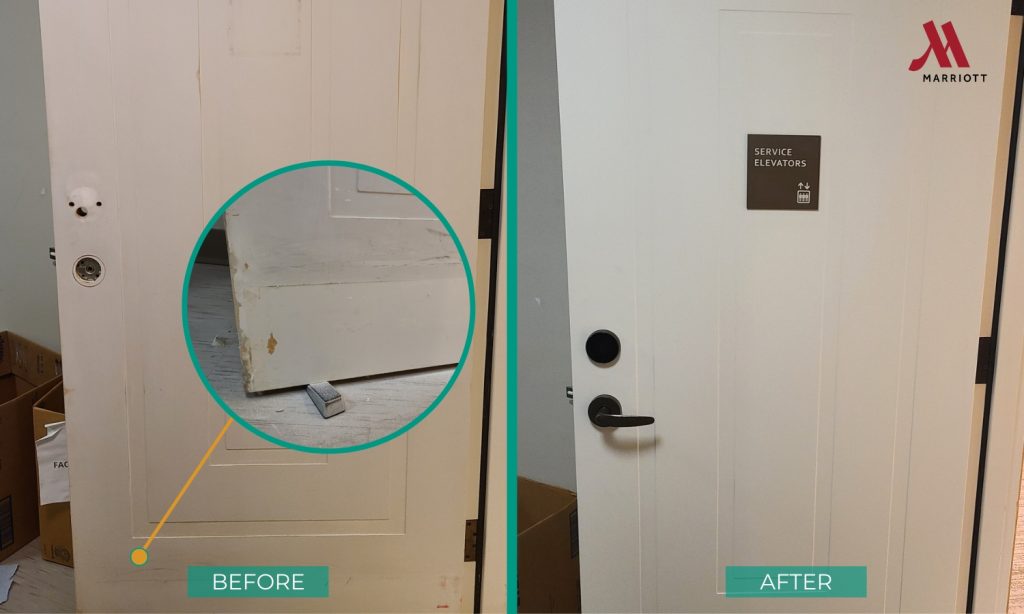
Bodaq Is Certified for Both UL 10B and UL 10C
We’re proud to share that Bodaq Interior Film has been tested and certified under both UL 10B and UL 10C standards. This means you can confidently use Bodaq to refinish or modernize fire-rated doors, elevator cabs, and wall panels in commercial environments, while staying fully compliant.
Whether you’re renovating hotel corridors, refreshing an office interior, or designing new healthcare facilities, Bodaq delivers safety, elegance, and performance in one solution.
Want to view the certification? Click here
Make Safety Beautiful
With Bodaq, safety and style go hand in hand. UL 10B and UL 10C compliance ensures that your design meets the latest fire code requirements without compromising your creative vision.
Ready to specify Bodaq for your next commercial project? Contact our team to request a sample or technical consultation.
